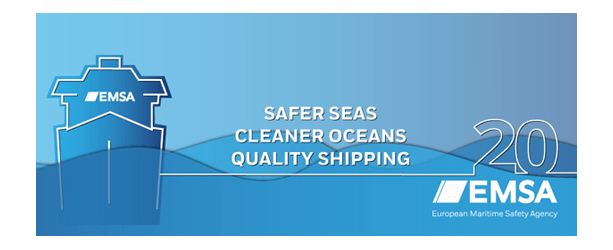ICE NAVIGATION
ICE NAVIGATION
The Ice Navigation course has been developed to increase the safety of ship’s operation and mitigate the impact on the people and environment in the remote, vulnerable and potentially harsh icy zones.
Ship operations in cold climates involve much more than ice- strengthening of the ship alone, and thus may impose additional navigational demands beyond those normally encountered.
Compliance with ice class rules and regulations may be sufficient for effective ship operations in cold climates, however, competence and performance of the crew is also essential for safe operations.
The relationship between the additional safety measures and the protection of the environment also has to be acknowledged, as any safety measure taken to reduce the probability of an accident will largely benefit the environment.
The key principles for developing the Ice Navigation course is to use a risk-based approach in determining scope and to adopt a holistic approach in reducing identified risks.
The principal goal of the course is to enforce safe ship operation and protection of the polar environment by addressing risks present in polar waters and in order to achieve this, risk evaluation for specific trades and adequate “winterization” for reliable operations shall be carried out.
Our training Center has been equipped with the most modern Wärtsilä NTPRO Simulator which incorporates the newly developed Ice Management Functionality. This functionality provides inter alia detailed breaking of the ice, meaning that instead of creating channels in one huge ice field, the ice is now broken up into small bits and pieces, which interact with each other, structures, hulls, propeller wakes and the bottom.
Some of the typical new scenarios exercised include:
- Ice management with multiple ice-breakers
- Risk identification
- A-to-B transit in various ice concentrations
- Search & Rescue in ice covered and remote areas
- Port and fairway studies in ice covered areas.







